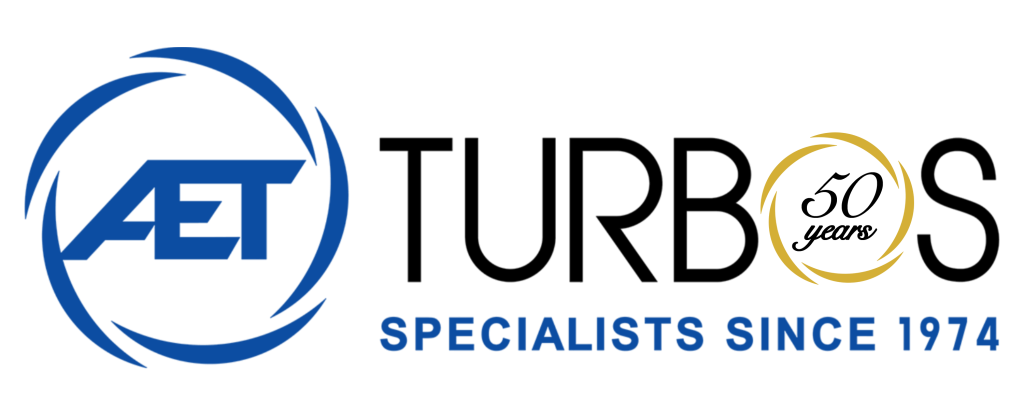It’s a really exciting time in the world of turbocharging.
Production is up, new technology is being developed, and more and more turbocharged vehicles are coming to market. In fact, 2015 looks to be a landmark year for turbocharging, as the automotive industry continues to look for ways to maximise fuel economy and reduce emissions.
In this post, we take a closer look at why it’s fair to call 2015 the year of the turbo.
Increased global production
Look at the world’s major automotive manufacturers, and the trend is clear. In fact, you’ll struggle to find many that aren’t releasing at least one turbocharged vehicle in 2015.
In the US, turbocharged vehicles have been becoming more and more popular over the past 5 years, and 2015 looks set to be the year that all the major American automakers truly embrace the turbo.
In 2015, it’s predicted that over 25% of light vehicles sold in America will be turbocharged, up from just 8% in 2010. In Europe, the number of turbocharged vehicles is already up at 67%! Asia is now following suit, with Chinese, Japanese and Korean manufacturers increasingly turning to the turbo as part of a wider downsizing trend.
This increase in production is being replicated worldwide, and Honeywell, the world’s largest manufacturer of turbochargers, has already upped its forecast for future growth. By 2019, it predicts that turbocharged vehicles will make up over 43% of new vehicle production.
New technology
Whilst the main principles behind turbocharging haven’t changed much in the past century, 2015 will see several new turbocharging advancements reach the market for the first time.
Audi are set to launch several models this year fitted with their new e-boost electric turbochargers, and other manufacturers are following suit. GM, Mercedes and BMW have all hinted at the near future release for some exciting assisted turbocharged vehicles.
Elsewhere, BorgWarner have developed a new flex fuel turbocharger to cater for the growing biofuels sector. Designed to work with both petrol and ethanol-powered engines, it’s scheduled for a Brazilian launch this year, and looks set to appear in a number of small passenger cars.
Rising standards
Although oil prices have plummeted over the past year, long term, dwindling supplies are still a concern to automakers and consumers – driving demand for more efficient vehicles.
Globally, the green drive for lower vehicle emissions looks set to continue, with emission regulations and efficiency standards becoming more and more stringent.
In the USA, this is being driven by the regulations set out by the CAFE (corporate average fuel economy) standards, which have set a target MPG for new vehicles of 35.5 by 2016.
At the same time, European Emission Standards are being tightened, and countries across the world are putting pressure on automakers to maximise efficiency, as part of a wider global effort to curb carbon emissions.
Over the past decade, turbochargers have proved to be a key part of the green solution, and in 2015, more turbocharged vehicles will be produced than ever before.
The future is now
In the future, electric, hydrogen and plug in hybrid technology will be an integral part of the automotive landscape, but currently, they simply can’t compete with turbochargers in terms of real world performance, economy and cost.
In contrast, turbocharging technology has been around for almost as long as the internal combustion engine.
2015’s turbochargers are the culmination of over 100 years of development and refinement. They provide the best, commercially viable and practical options for the automakers as they look to reduce emissions and increase economy, without impacting on performance and driveability.
Where AET fit in
At AET, we’ve been at the forefront of turbocharging technology for over 40 years. Today, we offer cost effective, high quality turbocharger repairs and replacements for a full range of passenger and commercial vehicles.
For further information or advice on any aspect of our service, get in touch with a friendly, expert member of our team today on 01924 588 266.



